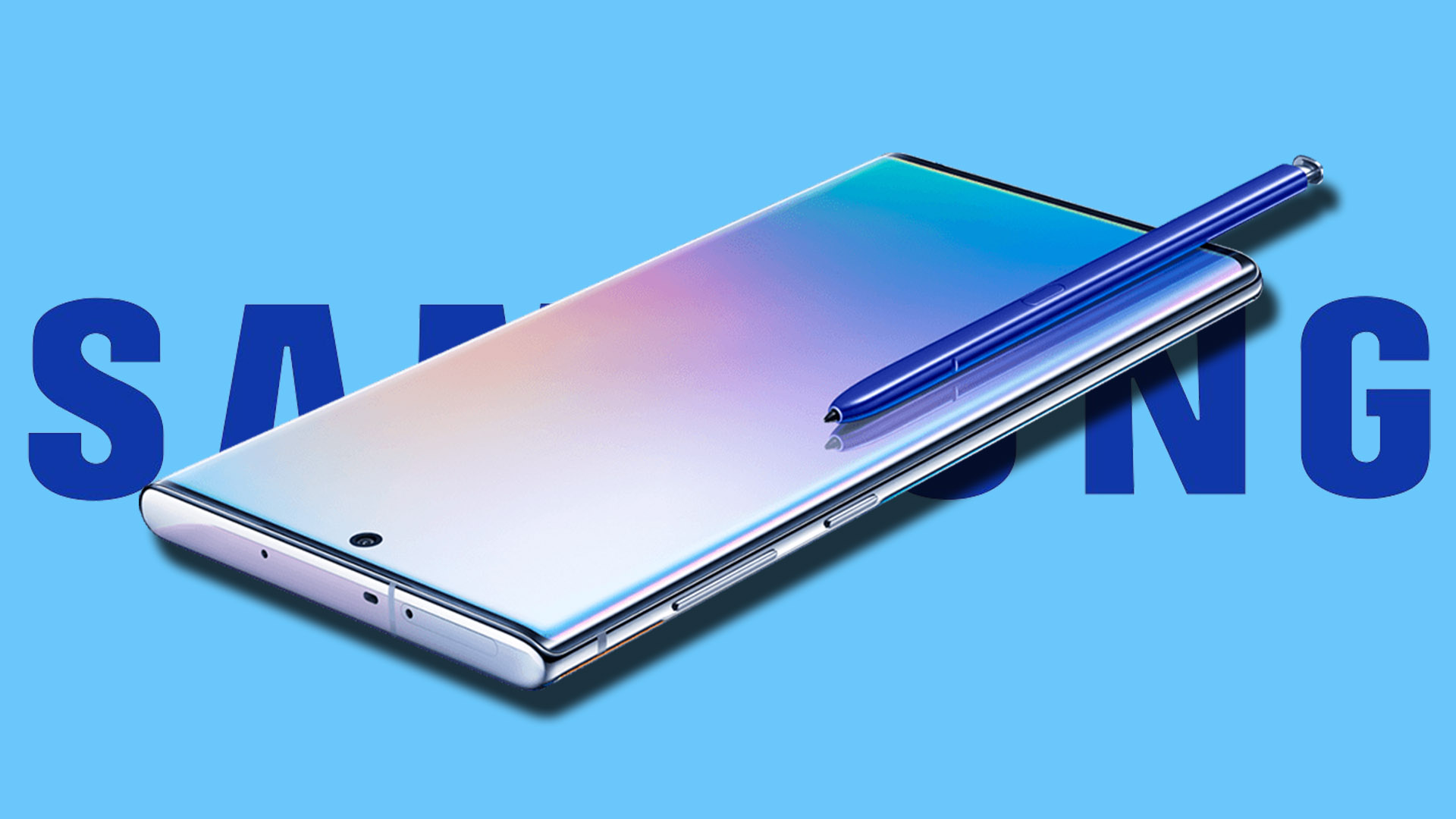When using a Mac, it is common to encounter the error message “Can’t delete a Mac app because it’s still open.” This error occurs when you try to uninstall an application, but the system recognizes that it is still running or open in the background. This can be frustrating, as you may want to remove an app from your Mac for various reasons, such as freeing up storage space or troubleshooting issues. Fortunately, there are several methods you can use to resolve this issue and successfully delete the app from your Mac.
In this comprehensive guide, we will explore five effective methods to help you overcome the challenge of deleting a Mac app that won’t delete because it’s still open. These methods include force stopping the application and then uninstalling it, using Activity Monitor to identify and quit the app, removing the executable file, uninstalling apps using third-party uninstallers, and restarting your Mac. By following these steps, you will be able to successfully delete the stubborn app and resolve the issue.
Method 1: Force Stop the Application and Then Uninstall
The first method we will explore involves force stopping the application that is preventing you from deleting it. When an app is still open or running in the background, the Mac system’s uninstall program cannot remove it. Therefore, force stopping the application is necessary to proceed with the uninstallation process.
Step 1: Open Spotlight
To begin, open Spotlight by pressingCmd+Space on your keyboard. Spotlight is a search function on your Mac that allows you to quickly access various applications and files.
Step 2: Type Activity Monitor
In the Spotlight search bar, type “Activity Monitor” and pressEnter. This will open the Activity Monitor application, which allows you to monitor and manage the processes running on your Mac.
Step 3: Select the Application
In the Activity Monitor window, locate the application you want to force quit. You can find it by scrolling through the list of running processes or by using the search bar at the top right corner of the window.
Step 4: Force Quit the Application
Once you have selected the application, click on theX button in the upper-left corner of the Activity Monitor window. A confirmation dialog will appear asking if you want to quit the process. Click onForce Quit to confirm.
Step 5: Open Finder and Go to the Applications Directory
After force quitting the application, open Finder by clicking on the Finder icon in your dock. Then, navigate to theApplications directory, which contains all the installed applications on your Mac.
Step 6: Select the Application and Move to Trash
In the Applications directory, locate the application you want to uninstall. Right-click on the application and selectMove to Trash from the context menu. This action will move the application to the Trash folder.
Step 7: Empty the Trash
Once you have moved the application to the Trash, you need to empty the Trash to permanently delete the app from your Mac. Right-click on the Trash icon in your dock and selectEmpty Trash from the menu.
By following these steps, you should be able to successfully force stop the application and uninstall it from your Mac. If this method doesn’t work, proceed to the next method.
Method 2: Use Activity Monitor
If the first method didn’t resolve the issue, you can try using Activity Monitor to identify and quit the application that won’t delete.
Step 1: Open Spotlight
Open Spotlight by pressing Cmd+Space on your keyboard.
Step 2: Type Activity Monitor
In the Spotlight search bar, type “Activity Monitor” and press Enter to open the Activity Monitor application.
Step 3: Find the Application
In the Activity Monitor window, look for the application that is causing the issue. You can use the search bar at the top right corner of the window to quickly locate the app.
Step 4: Quit the Application
Once you have identified the application, click on it to select it, and then click on theX button at the top left corner of the Activity Monitor window. A confirmation dialog will appear asking if you want to quit the process. Click onForce Quit to confirm.
Step 5: Open Finder and Go to the Applications Directory
After force quitting the application, open Finder by clicking on the Finder icon in your dock. Then, navigate to theApplications directory.
Step 6: Delete the Application
In the Applications directory, locate the application you want to delete. Right-click on the application and selectMove to Trash from the context menu.
Step 7: Empty the Trash
Finally, empty the Trash to permanently delete the application from your Mac. Right-click on the Trash icon in your dock and selectEmpty Trash from the menu.
By using Activity Monitor to force quit the application and then deleting it from the Applications directory, you should be able to resolve the issue and successfully delete the app. If this method doesn’t work, proceed to the next method.
Method 3: Remove the Executable File
If the previous methods didn’t work, you can try removing the executable file of the app to force it to close and allow for deletion.
Step 1: Open Finder
Open Finder by clicking on the Finder icon in your dock.
Step 2: Go to the Applications Directory
In the Finder window, navigate to the Applications directory, where all your installed applications are located.
Step 3: Show Package Contents
Locate the application you want to uninstall, right-click on it, and select Show Package Contents from the context menu. This will open a new window with the contents of the application package.
Step 4: Navigate to the MacOS Folder
In the package contents window, look for a folder named Contents and open it. Inside the Contents folder, you will find a folder named MacOS. Open the MacOS folder to access the executable file of the application.
Step 5: Delete the Unix Executable File
In the MacOS folder, locate the file with the same name as the application. This file is the Unix executable file responsible for running the application. Right-click on this file and select Move to Trash to delete it.
Step 6: Force Quit the Application
Open Activity Monitor by following the steps mentioned in Method 2. Find and select the application in Activity Monitor, then click on the X button at the top left corner of the window to force quit the application.
Step 7: Delete the Application
Go back to the Applications directory in Finder. Right-click on the application and select Move to Trash to delete it.
By removing the executable file and force quitting the application, you should be able to delete the app successfully. If this method doesn’t work, proceed to the next method.
Method 4: Uninstall Apps Using Third-Party Uninstallers
If the previous methods didn’t solve the issue, you can try using third-party uninstaller applications to uninstall the stubborn app from your Mac.
Step 1: Research and Choose a Third-Party Uninstaller
Search for reputable third-party uninstaller applications that are compatible with your Mac operating system. Read reviews and choose one that has a good track record of effectively uninstalling applications.
Step 2: Download and Install the Uninstaller
Download the chosen third-party uninstaller from the official website or App Store. Follow the installation instructions provided by the developer to install the application on your Mac.
Step 3: Open the Uninstaller
Once the uninstaller is installed, open it from your Applications directory or Launchpad.
Step 4: Select the Application to Uninstall
In the uninstaller application, locate the application you want to uninstall from the list of installed applications.
Step 5: Follow the Uninstaller’s Instructions
Follow the instructions provided by the uninstaller application to uninstall the selected application. The process may vary depending on the specific uninstaller you are using.
Step 6: Confirm Uninstallation
After completing the uninstallation process, confirm that the application has been successfully uninstalled from your Mac.
Using a third-party uninstaller can be a convenient and efficient way to uninstall stubborn apps that won’t delete through conventional methods. Make sure to choose a reputable uninstaller and follow the instructions provided to ensure a successful uninstallation.
Method 5: Restart Your Mac
If none of the previous methods have resolved the issue, restarting your Mac can help clear any temporary glitches or processes that may be preventing the app from being deleted.
Step 1: Save and Close any Open Files or Applications
Before restarting your Mac, make sure to save any unsaved work and close all open files and applications.
Step 2: Click on the Apple Menu
Click on theApple logo in the top left corner of your screen to open the Apple menu.
Step 3: Select Restart
From the drop-down menu, selectRestart. This will initiate the restart process for your Mac.
Step 4: Wait for the Restart to Complete
Allow your Mac to restart completely. This may take a few minutes.
Step 5: Try Deleting the App Again
After your Mac has restarted, try deleting the app again using the methods described in the previous methods. The restart may have resolved any issues that were preventing the app from being deleted.
By restarting your Mac, you can refresh the system and potentially resolve any underlying issues that were causing the app to remain open and prevent deletion.
Frequently Asked Questions
1. Why can’t I delete an app on my Mac?
There are several reasons why you may not be able to delete an app on your Mac. One common reason is that the app is still open or running in the background. Another reason could be permission issues or corrupted system files. By following the methods outlined in this guide, you can address these issues and successfully delete the app.
2. How can I prevent this issue in the future?
To prevent issues with deleting apps on your Mac, make sure to properly quit applications before attempting to uninstall them. Also, ensure that you have the necessary permissions to modify or delete applications. Regularly updating your Mac’s operating system and using reputable uninstallers can also help prevent future issues.
3. Is it safe to use third-party uninstallers?
When choosing a third-party uninstaller, it is important to research and select a reputable application from trusted sources. Read reviews and check the developer’s website for information about their privacy and security practices. Using a well-established and reputable uninstaller can be safe and effective for uninstalling stubborn apps.
4. What should I do if I can’t find the app in the Activity Monitor?
If you can’t find the app in the Activity Monitor, it may not be running in the background. In this case, you can try force quitting the app directly by right-clicking on its icon in the dock and selecting Force Quit. If this doesn’t work, proceed with the other methods described in this guide.
5. What should I do if the ‘App still open’ alert keeps popping up on my Mac?
If you continue to receive the “App still open” alert when trying to delete an app, it may indicate a deeper issue with your Mac’s system. In such cases, it is recommended to consult Apple Support or seek assistance from a professional technician to diagnose and resolve the underlying problem.
Conclusion
Dealing with the error message “Can’t delete a Mac app because it’s still open” can be frustrating, but with the methods outlined in this guide, you can overcome this challenge and successfully delete stubborn apps from your Mac. By force stopping the application, using Activity Monitor, removing the executable file, using third-party uninstallers, or restarting your Mac, you can resolve this issue and regain control over your app management. Remember to always follow the instructions carefully and choose reputable applications when using third-party uninstallers. With these solutions at your disposal, you can efficiently manage your Mac’s applications and maintain a clutter-free system.





